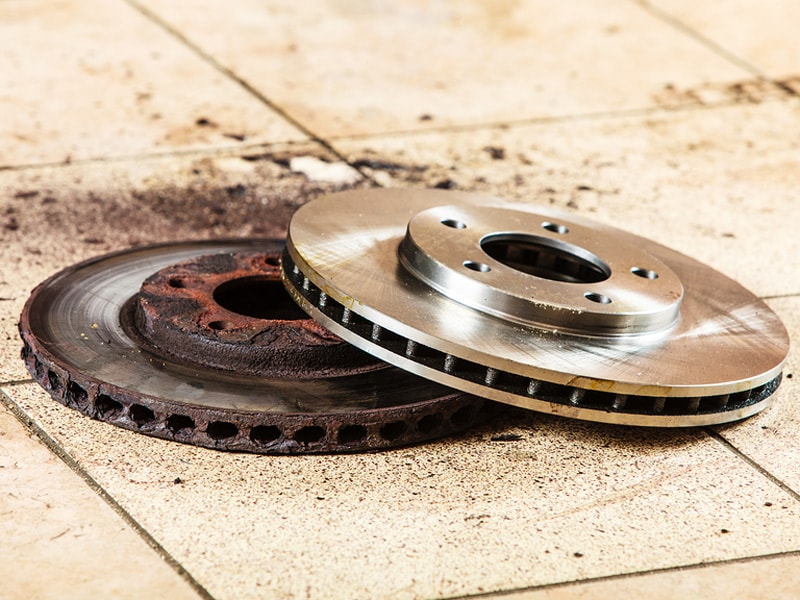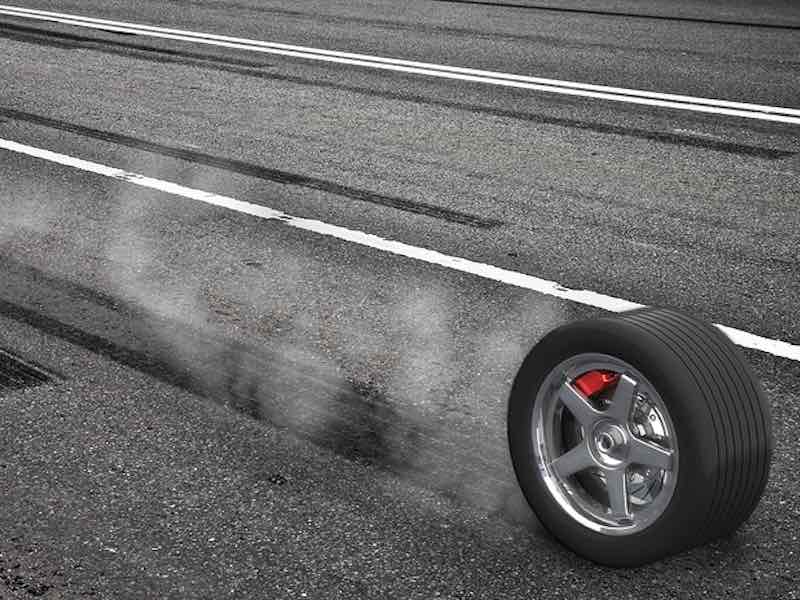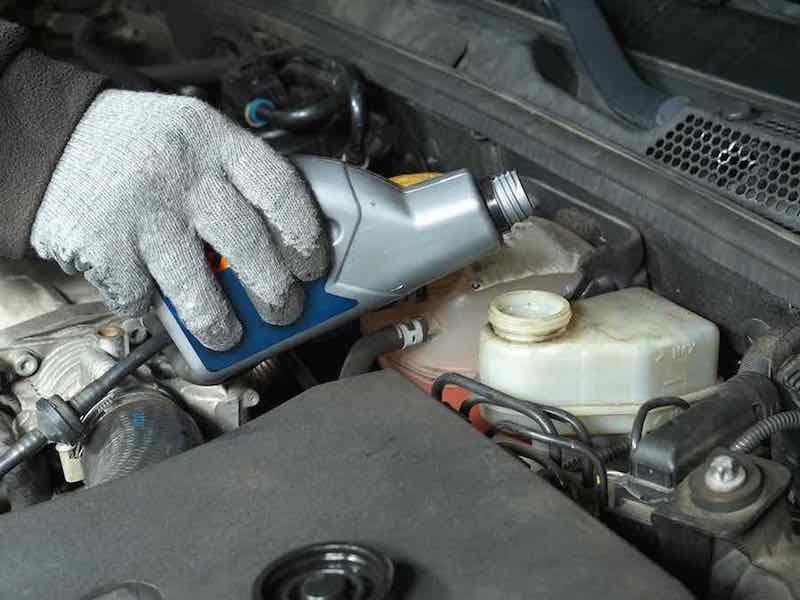Recent Articles
Popular Makes
Body Types
How to Check Brakes

brake rotors
Knowing how to check your brakes will help make sure that you have a braking system that is in good working order and ready to stop your car in an emergency. There are several obvious signs that something is wrong with the brakes.
If your brake pedal pulsates or the car vibrates during braking, one or more of your brake rotors may be warped. You can usually check for a warped rotor by jacking the car up and spinning each wheel by hand. The wheel should spin freely; if it seems to stick in spots, it could indicate rotors that should be turned or replaced.
If your brakes make a grinding noise, it could be that the brake pads are in need of replacement. If your brake light comes on or you notice that the fluid is low, it could also be an indication that your brake pads are wearing, or there could be a leak in the system. The manufacturer should be able to supply minimum rotor and pad (or drum and shoe) thicknesses for your vehicle. The brake fluid will slowly lower as the brake pads wear, but if the brake pads are still in good shape and the fluid is low, carefully check for leaks in the brake system.
#How To Check Brakes
If your brake pedal is soft, there may be air in the lines that needs to be bled out. If the brake pedal slowly sinks to the floor, it could be a broken brake line or a malfunctioning master cylinder. Check for leaks in the brake system. If there are no leaks, and pumping the pedal seems to restore pressure, the problem is most likely a worn out master cylinder.
If your vehicle is pulling to one side, or if you've noticed that one brake is getting hot, smoking, or glowing, you may have a defective flex hose or a sticking caliper piston or slide. To check the flexible hose, apply the brakes, and then try and rotate the hub. If the hub is hard to turn, loosen the bleeder valve to see if the release in pressure frees it up. If the hub gets easier to turn with the bleeder open, the flex hose may be collapsing, preventing fluid from moving out of the caliper. If the hub is still hard to rotate, you will need to remove the brake caliper to inspect the piston and slides. You should be able to push the piston into the caliper fairly easily using a clamp (or special tool for some calipers that need the piston rotated or otherwise manipulated to get it back into the bore). If the piston is hard to press in, you will need to rebuild the caliper or obtain a replacement. The slides should also move freely. If they are stuck, you can try greasing them to see if this improves their performance, otherwise they should be replaced.

#How To Check Brakes
Even if you haven't noticed any problems with the way your car stops, it's a good idea to check the brake fluid level and rotor and pad thicknesses regularly and before any long trips to make sure that everything is in good condition. Checking your brakes will help make sure you don't have any surprises while you're on the road. If you've performed all these tests and are still unable to diagnose a problem with your braking system, be sure to have it checked out immediately.
